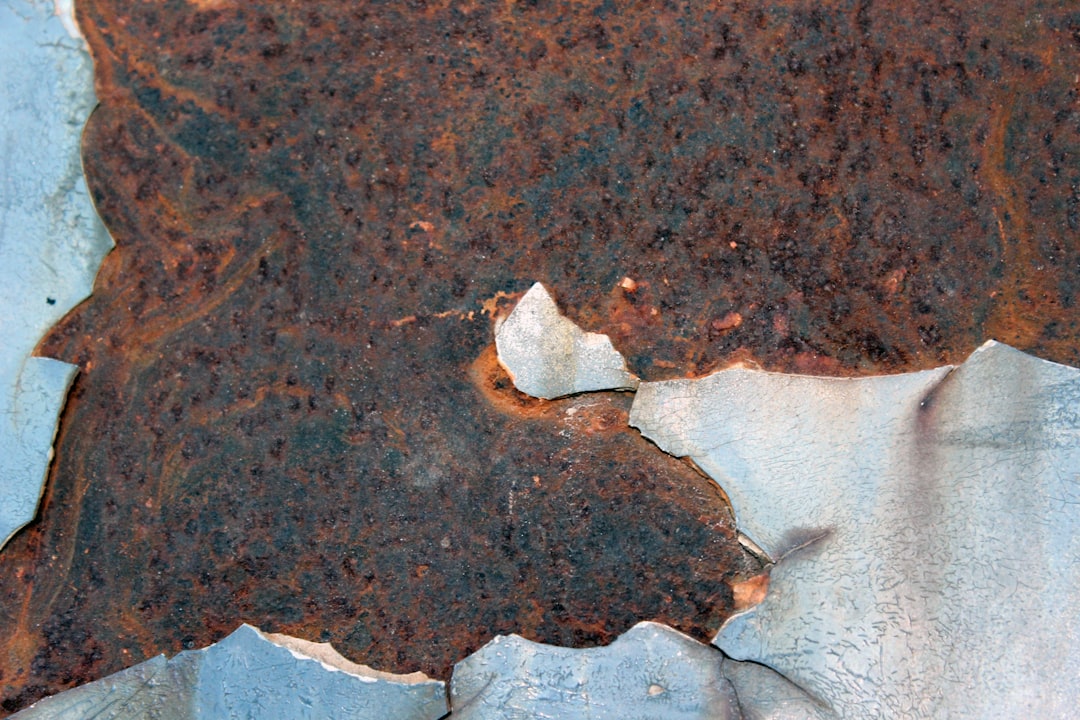What is it about?
Zinc–aluminum layered double hydroxides (Zn–Al LDHs) with different Zn/Al ratios (Zn/Al = 6, 3 and 2) were prepared using a homogenous precipitation method by urea hydrolysis. The preparation was performed at various temperatures (70–100 C). The element chemical analysis, X-ray powder diffraction and Fourier transform infrared spectra show that urea species and cyanate anions are the main anions intercalated at low temperature and low Zn/Al ratios. This was confirmed by pH curves recorded during the reaction, thermal analyses, temperature programmed desorption. The presence of intercalated urea and cyanate species creates UV absorption activities for the ZA15- 80 and ZA35-80 samples and enhance the selectivity of ZA15-80 toward the adsorption of carbon dioxide from natural gas
Featured Image
Why is it important?
By controlling the synthesis conditions of Zn-Al-LDH, Nitrogen containing anions can be intercalated within the structure of the LDHs. This material had been examined for the removal of CO2 from natural gas stream. The results indicate that the presence of intercalated Nitrogen containing anions enhance the sorption activity towards CO2.
Read the Original
This page is a summary of: Synthesis of Zn–Al LDHs intercalated with urea derived anions for capturing carbon dioxide from natural gas, Journal of the Taiwan Institute of Chemical Engineers, November 2013, Elsevier,
DOI: 10.1016/j.jtice.2013.02.003.
You can read the full text:
Contributors
The following have contributed to this page










